Documentation
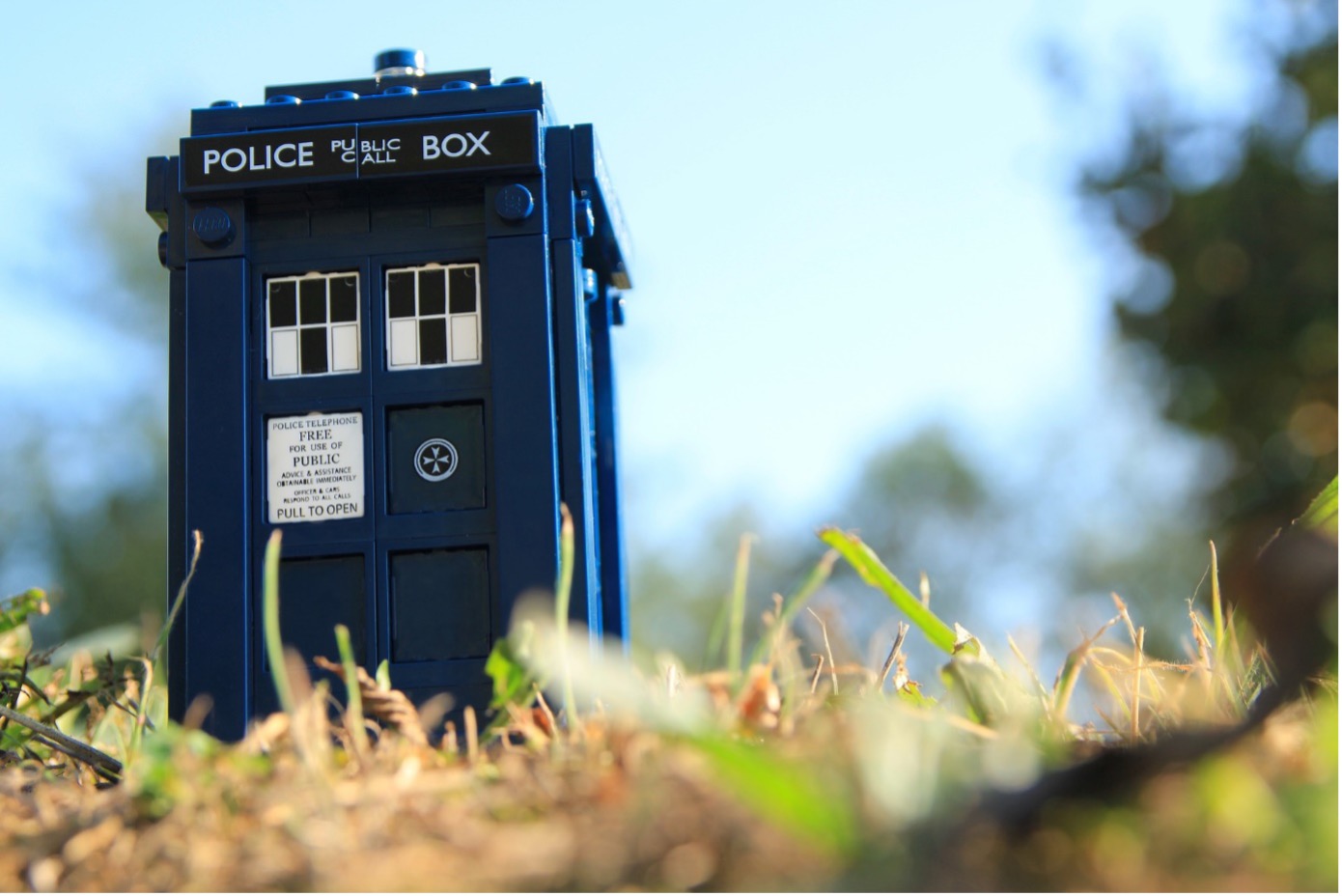
“Video Calling and Time Machines: Imaginary Media” – Pauline Munnich
Not too long ago, my friends and I were video calling, laughing about how we covered the three times of the day at the same time during our call. Meeting up, even if it is online, has currently become a bit of a feat for us, living on four different continents and in…
Read more
“Leaving Omelas: Media archeology and science fiction” – Stepan Lastuvka
In the seminar titled “Media Imaginaries / Imaginary Media / Imaginations of Media,” the presenters Frank Kessler and Imar de Vries together reflect on how the three parts of the title interconnect and, in turn, shape the social conditions of the present-day media landscapes. Specifically, the presenters point out how the imaginations of media…
Read more
[TO BE RESCHEDULED] Meet the Makers: Karen Palmer “How to Hack the Futures”
** This event has been canceled due to unforeseen circumstances and will be rescheduled in May 2023 or later. In this edition of Meet the Makers, Karen Palmer will be in conversation about her practice as storyteller from the future at the intersection of AI, Immersive Storytelling, Neuroscience and Bias. She will be in conversation…
Read more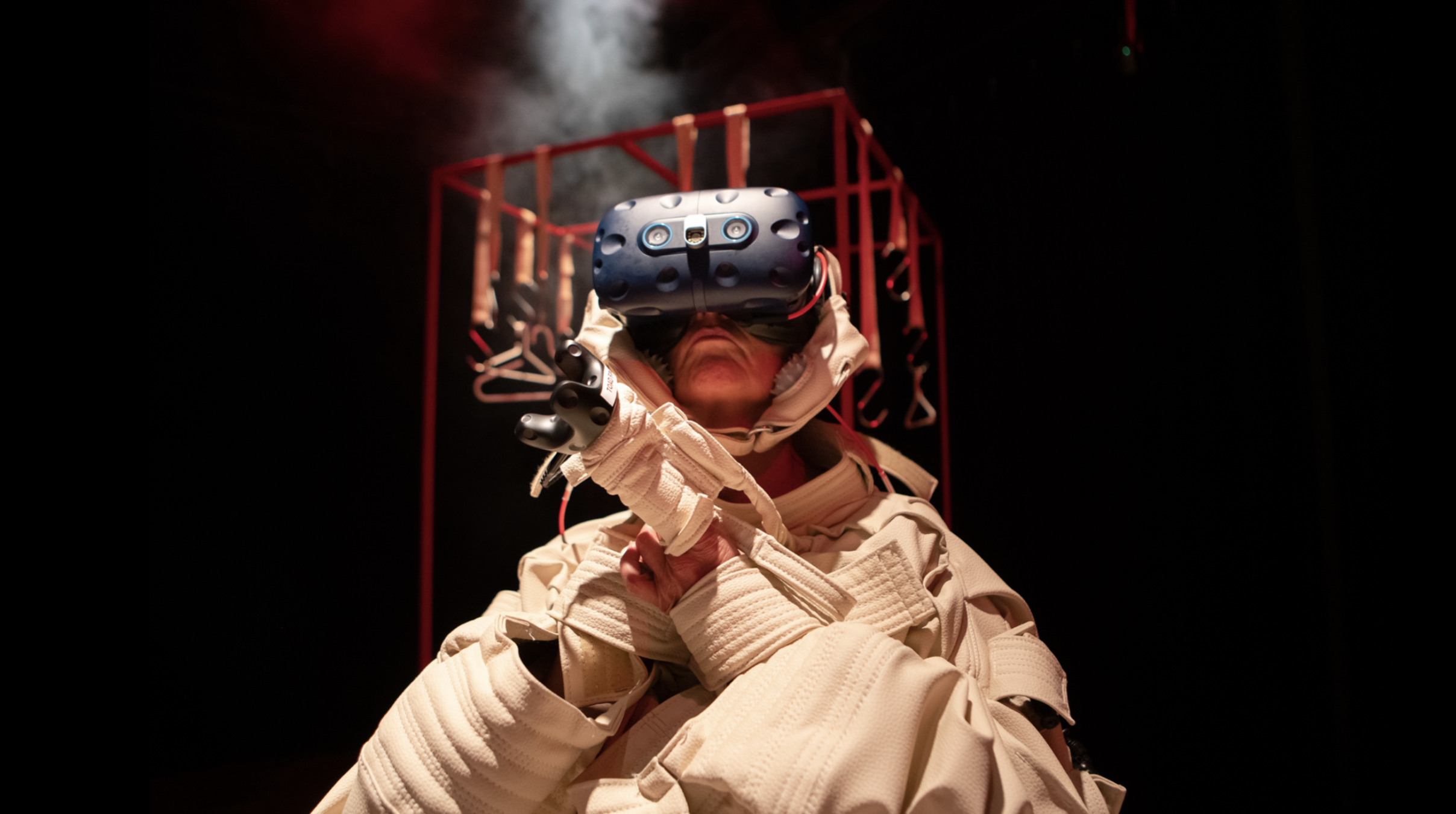
Meet the Makers: Polymorf
In this edition of Meet the Makers, Polymorf will be in conversation about the making of their award winning installation Symbiosis. Symbiosis is a performative, multi-user and multisensory VR installation in which the human body is redesigned. It allows every participant to embody a post-human or even nonhuman reality: a completely symbiotic human-animal…
Read more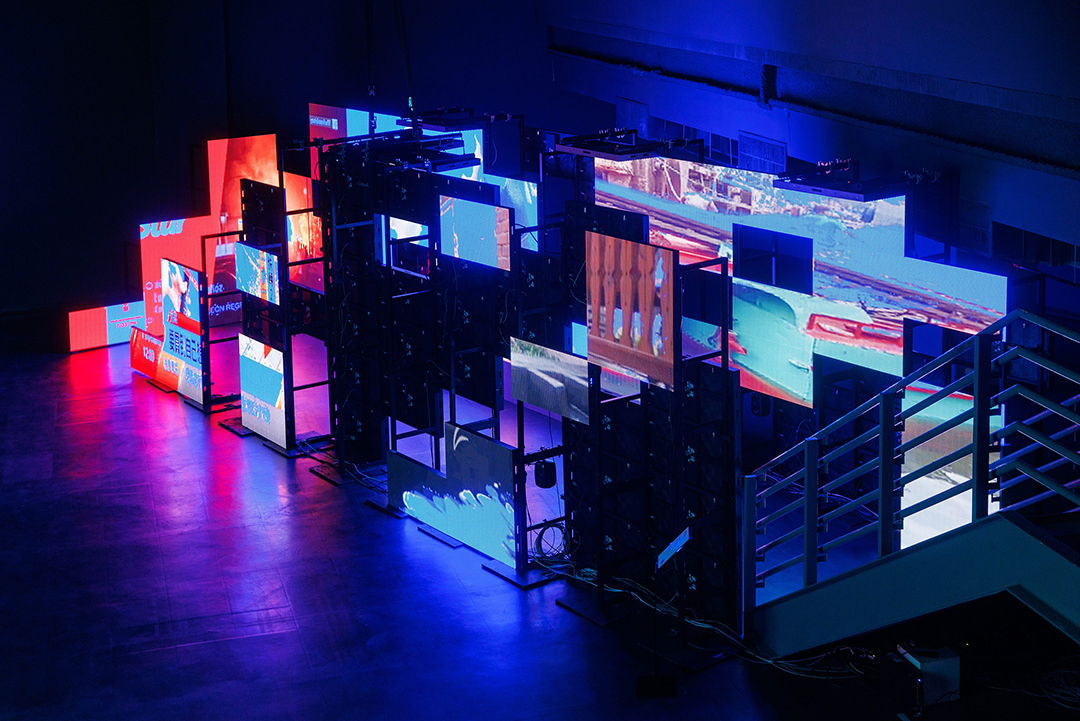
Meet the Makers: Roosje Klap / collectief ARK
Meet the Makers aims to facilitate meetings and conversations between academic researchers and students, and makers – such as artists, curators, dramaturges, designers, or other creative practitioners and professionals within the wider field of arts and culture. In this edition of Meet the Makers, Roosje Klap will be in conversation about the making of…
Read more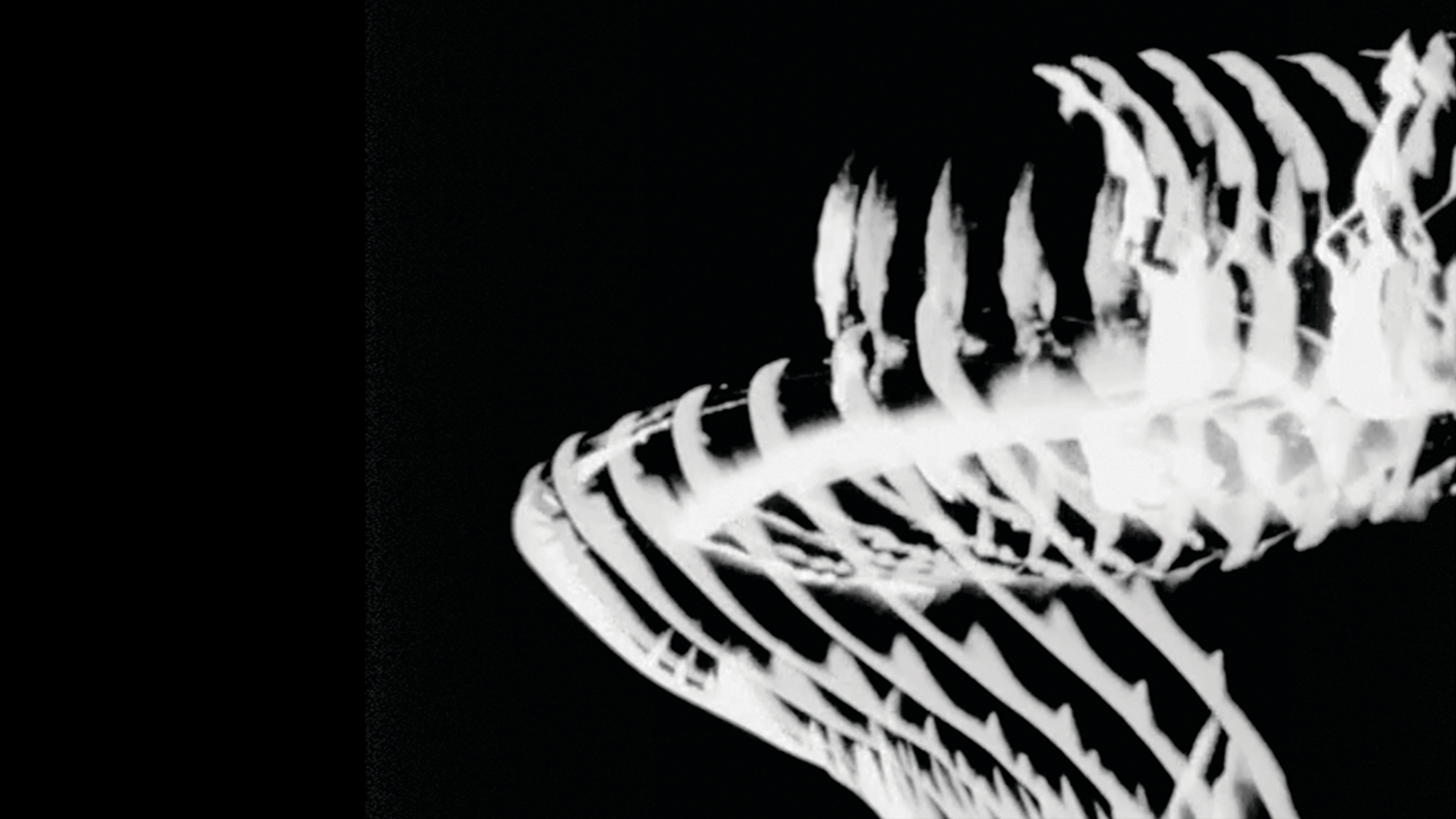
“Collaboration and Dissensus in the Experimental Arts and Innovation Policy” – Michael Century (Rensselaer Polytechnic Institute)
Michael Century’s recently published book, Northern Sparks, offers an account of the intersecting histories of technological innovation, new media arts, and government/institutional policies in Canada from the 1960s to the early 1990s. This was a period when modernizing social and political energies mobilised both artistic invention and critical intervention in the emerging imaginaries of digital…
Read more
TiM Seminar 2022-2023
Transmission in Motion Seminar (2022-2023): “Imaginary-Imagination” Imaginary means existing in the mind, not real. Yet as a noun, the imaginary refers to sets of ideas that inform our view of the world as a whole, and thus our conception of what is real. Imaginaries manifest themselves in values, institutions, laws and symbols that shape our…
Read more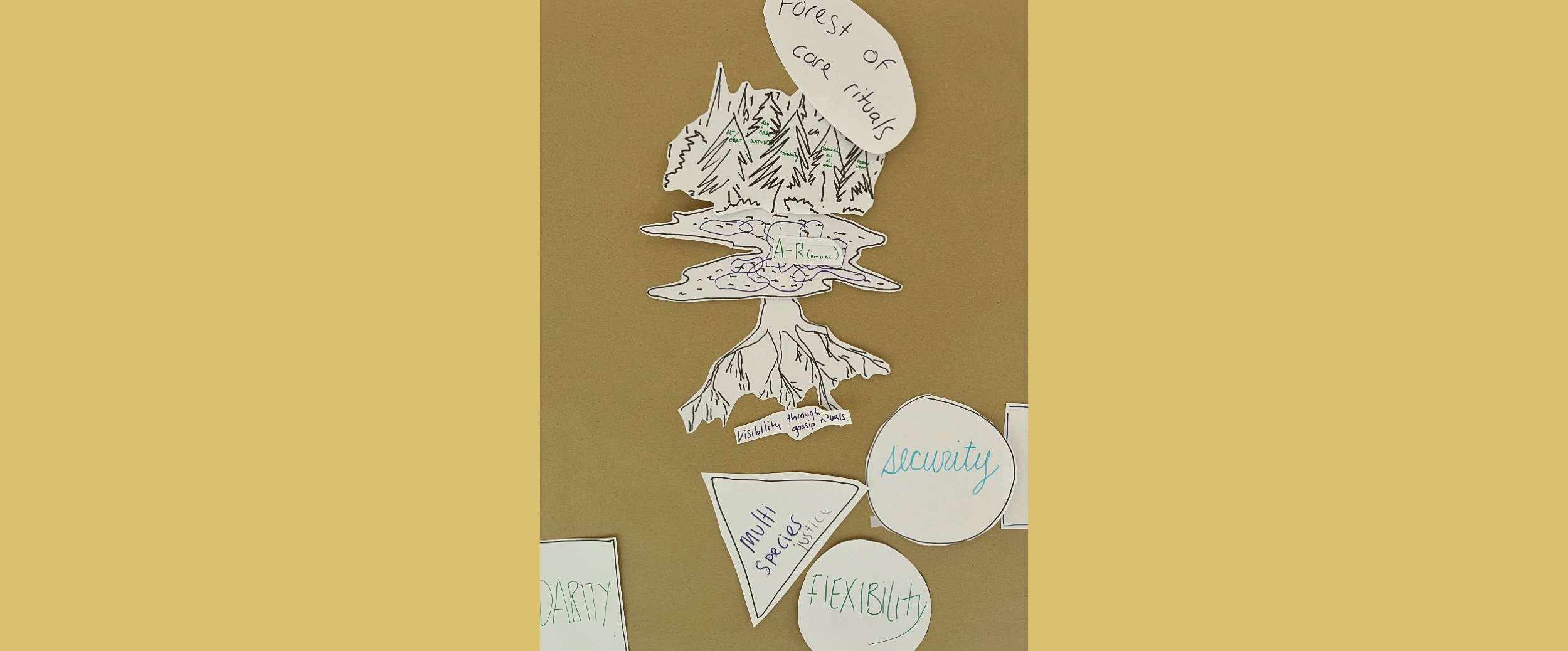
“Imagining Feminist Cryptoeconomics” – Inte Gloerich (HVA/UU) and Ania Molenda (Amateur Cities)
Feminist Economies Collective creates contexts to break the crisis of imagination in capitalist realism. Together with others we imagine futures in which shared values are no longer primarily appropriated for profit and accumulation of wealth, but open up new perspectives on economic realities. Through this process, we build fragments of new worlds based on…
Read more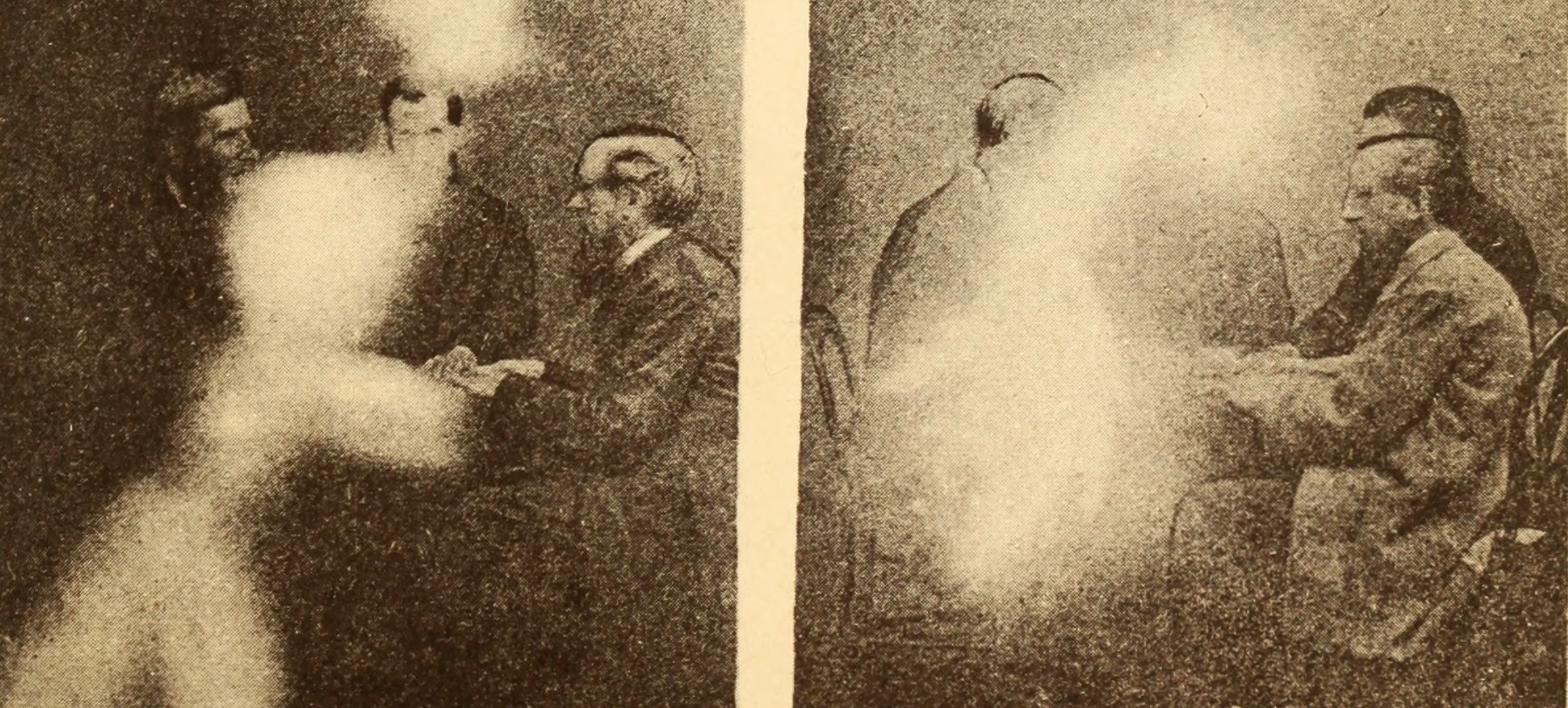
“The Medium is a Medium — Intersecting Technology and Spirituality in a More-than-human World” – Evelyn Wan (UU)
Belief and imagination underlie our use of technology. In the edited volume, Believing in Bits: Digital Media and the Supernatural (2019), contributors demonstrate how technologies cannot be analysed outside “the system of beliefs and performative rituals that inform and prepare their use” (Natale and Pasulka 3). One core belief identified in the book…
Read more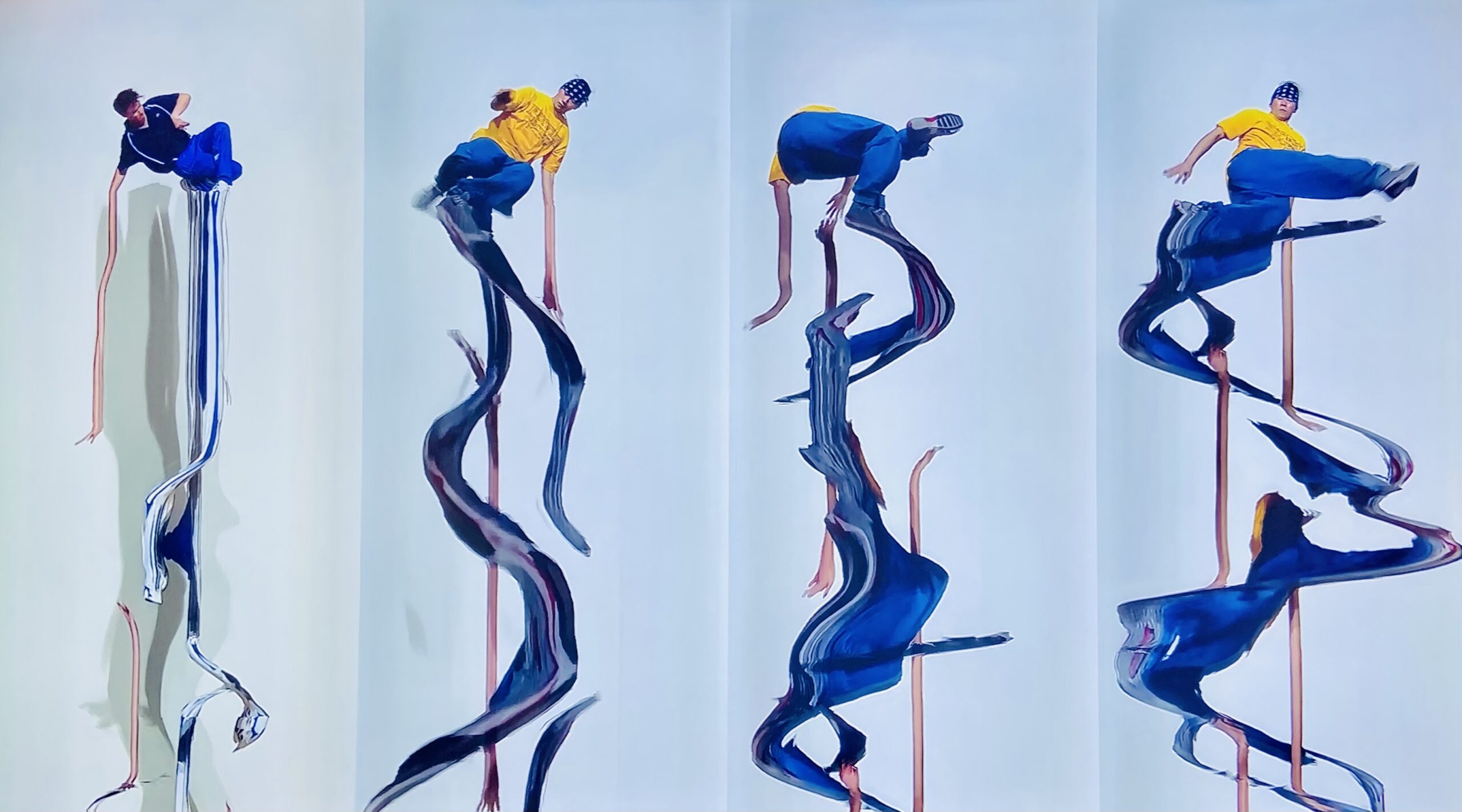
“Cultural Dreams of Datafied Bodies in Contemporary Performance” – Laura Karreman (UU)
In her book Gods and Robots: Myths, Machines and Ancient Dreams of Technology (2018), science historian Adrienne Mayor narrates how ancient Greek mythology already imagined robot-like automata and other forms of artificial life. She writes that such myths can be considered as ‘cultural dreams, ancient thought experiments, “what-if” scenarios set in an alternate world of possibilities,…
Read more
